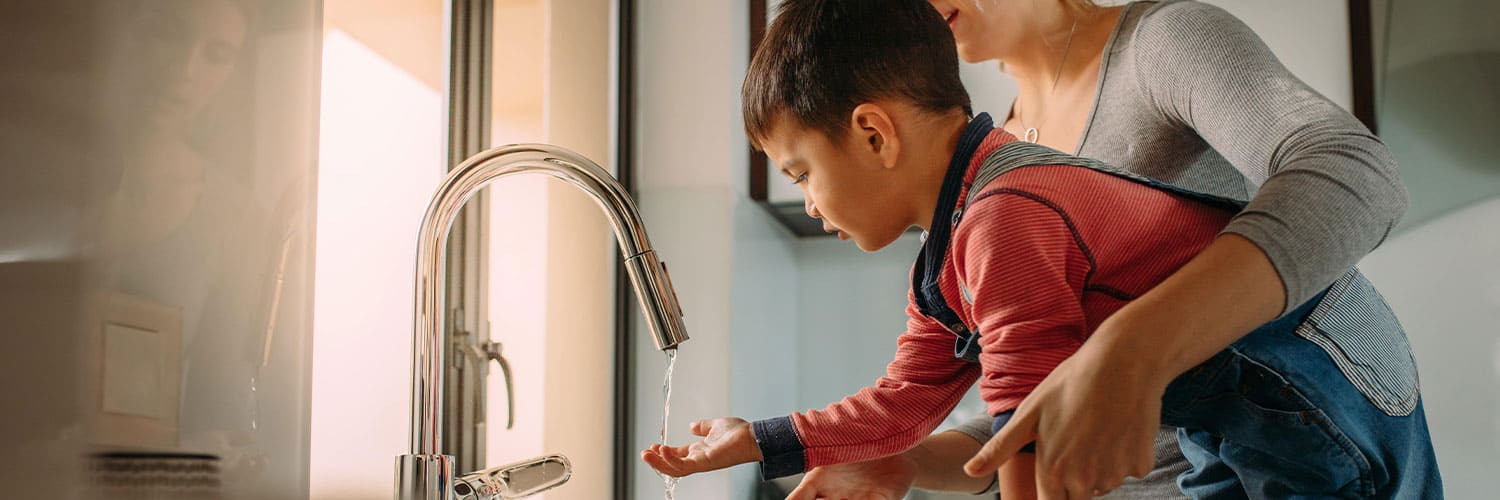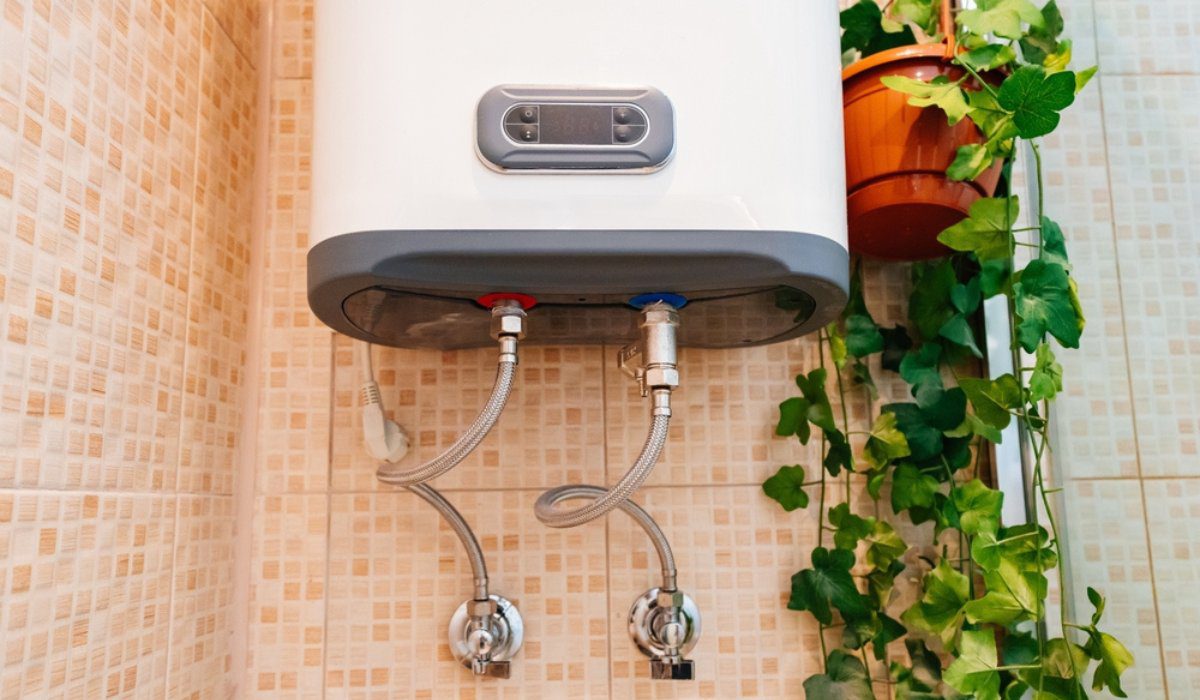Simple Guide to Maintaining Your Home's Hot Water System
Simple Guide to Maintaining Your Home's Hot Water System
Blog Article
What are your thoughts about Tips on Maintaining a Water Heater?

Hot water is essential for everyday convenience, whether it's for a refreshing shower or cleaning dishes. To guarantee your hot water system runs successfully and lasts much longer, routine upkeep is vital. This article supplies useful pointers and understandings on exactly how to keep your home's hot water system to stay clear of disruptions and pricey repair work.
Intro
Maintaining your home's warm water system could seem overwhelming, but with a couple of simple steps, you can guarantee it runs smoothly for several years to come. This overview covers every little thing from comprehending your warm water system to DIY maintenance pointers and recognizing when to hire specialist help.
Significance of Keeping Your Hot Water System
Routine upkeep not just expands the lifespan of your hot water system yet also ensures it runs successfully. Neglecting upkeep can result in lowered effectiveness, greater energy expenses, and even premature failing of the system.
Signs Your Warm Water System Needs Maintenance
Understanding when your warm water system needs focus can prevent significant concerns. Look out for signs such as irregular water temperature level, unusual sounds from the heating system, or rusty water.
Comprehending Your Warm Water System
Before diving right into maintenance tasks, it's useful to comprehend the fundamental parts of your warm water system. Typically, this consists of the water heater itself, pipes, anode rods, and temperature controls.
Regular Monthly Upkeep Tasks
Routine regular monthly checks can aid capture small concerns prior to they rise.
Flushing the Water Heater
Flushing your water heater removes sediment buildup, improving efficiency and extending its life.
Checking and Replacing Anode Rods
Anode rods avoid rust inside the storage tank. Examining and replacing them when worn is important.
Examining and Changing Temperature Settings
Adjusting the temperature settings ensures optimum efficiency and security.
DIY Tips for Maintenance
You can perform several upkeep jobs yourself to keep your hot water system in leading problem.
Looking for Leakages
Consistently evaluate pipelines and connections for leaks, as these can lead to water damage and greater costs.
Examining Stress Relief Valves
Checking the pressure relief valve ensures it operates appropriately and stops extreme pressure build-up.
Shielding Pipes
Insulating hot water pipelines minimizes warm loss and can save power.
When to Call a Specialist
While DIY upkeep is advantageous, some issues call for expert competence.
Complicated Problems Needing Professional Help
Examples consist of major leaks, electrical troubles, or if your hot water heater is continually underperforming.
Routine Professional Maintenance Conveniences
Specialist upkeep can include detailed assessments, tune-ups, and ensuring conformity with safety and security requirements.
Final thought
Regular upkeep of your home's warm water system is vital for performance, longevity, and expense savings. By adhering to these suggestions and recognizing when to seek professional assistance, you can ensure a trusted supply of hot water without unanticipated interruptions.
Water Heater Maintenance Tips
Test the TPR Valve
Shut off the power and the cold-water supply valve. Place a bucket under the pipe connected to the temperature-pressure-release (TPR) valve on the top or side of the tank. (This valve opens if the tank pressure gets too high.) Lift the valve’s tab to let some water out, then let go. If water keeps flowing, drain the tank partway, unscrew the old valve with a pipe wrench, and install a new one. Check the Anode Rod
Put a hose to the tank’s drain cock and let out a few gallons of water. Now fit a 1 1/16-inch socket onto the rod’s hex head on top of the heater (or under its top plate) and unscrew the rod. If it’s less than ½ inch thick or coated with calcium, buy a new one, wrap its threads with Teflon tape, put it back in the tank, and tighten securely. Use this segmented rod if headroom above the tank is limited. Drain the Tank and Wash Out Sediment
Drain the remaining water in the tank into the bucket, then stir up the sediment on the tank’s bottom by briefly opening the cold-water supply valve. Drain and repeat until clean water comes out of the hose. Close the drain cock, refill the tank, and turn its power back on. Adjust the Temperature
Find the temperature dial on the side of the tank and unscrew its cover. Adjust the dial to 120 degrees using a flathead screwdriver. For every 10 degrees the temperature is lowered, you can expect to save up to 5 percent in energy costs. Turn the water heater off or the thermostat down to its lowest setting if you plan to be away from home for more than three days. Insulate the Pipes
Buy some self-sticking 3/8-inch-thick foam pipe insulation that matches the pipes’ diameter. Slide the foam over the hot-and cold-water pipes as far as you can reach. Insulating the cold-water pipe prevents condensation in summer. Peel the tape and squeeze the insulation closed. If the pipe is 6 inches or less from the flue, cover it with 1-inch-thick unfaced fiberglass pipe wrap. https://www.thisoldhouse.com/plumbing/21016402/how-to-maintain-a-water-heater

As a serious reader about What Kind of Maintenance Do Water Heaters Need?, I thought sharing that excerpt was a good idea. Are you aware of someone else who is fascinated about the subject? Please feel free to promote it. Thanks a lot for being here. Revisit us soon.
Appointment Report this page